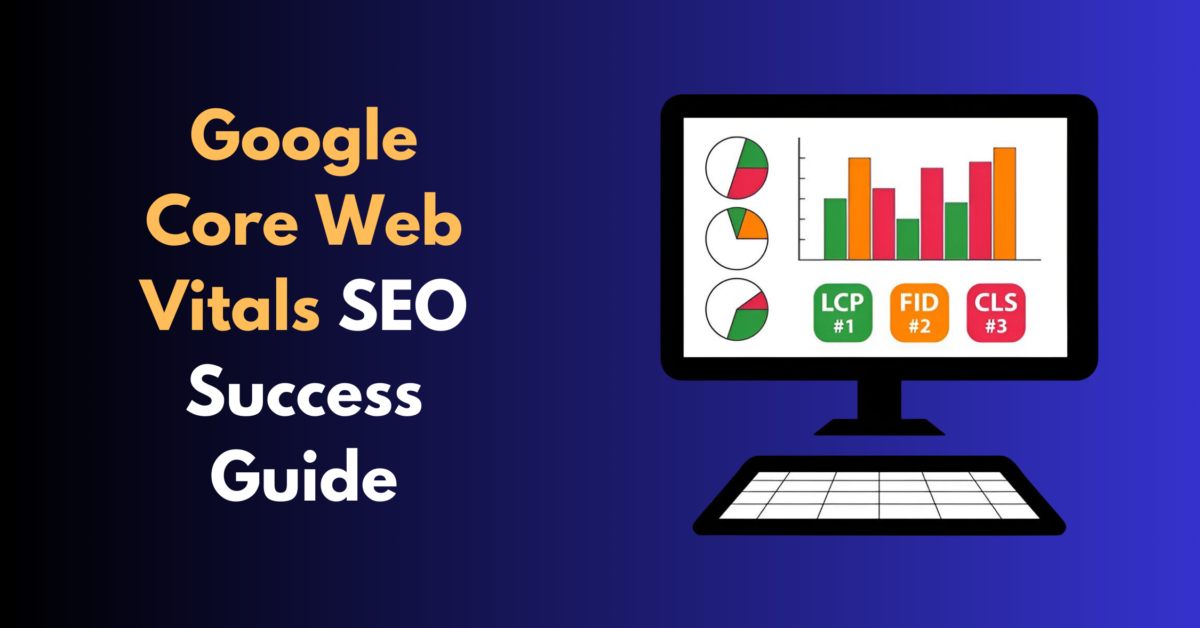Leveraging Security Monitoring with Azure Sentinel for Modern Threat Detection
In today’s digital-first world, organizations face an ever-evolving array of cybersecurity threats. From ransomware and phishing attacks to insider threats and advanced persistent threats (APTs), the modern threat landscape is growing more sophisticated by the day. To combat these challenges, businesses need to adopt a proactive and intelligent security posture. This is where Security Monitoring with Azure Sentinel comes into play.
Microsoft Azure Sentinel is a cloud-native Security Information and Event Management (SIEM) and Security Orchestration Automated Response (SOAR) solution. It provides intelligent security analytics and threat intelligence across the enterprise. By leveraging machine learning and AI, Azure Sentinel helps organizations identify potential threats in real time, reduce alert fatigue, and streamline incident response.
The Role of Azure Sentinel in Modern Cybersecurity
Azure Sentinel changes the game by offering a scalable and cost-effective alternative to traditional SIEM tools. Unlike on-premise solutions, Azure Sentinel integrates seamlessly into a company’s cloud and hybrid environments, allowing for centralized visibility and streamlined data ingestion from diverse sources.
Key features of Azure Sentinel include:
-
Advanced Threat Detection: Azure Sentinel uses built-in machine learning models to detect anomalies and potential threats, reducing false positives.
-
Scalable Data Collection: It connects to a wide range of data sources, including Office 365, Azure AD, AWS, on-premises firewalls, and more.
-
Automated Incident Response: With integrated playbooks powered by Azure Logic Apps, Sentinel automates routine tasks like disabling user accounts or blocking IP addresses.
-
Investigation and Hunting: Analysts can investigate alerts using a powerful query language (KQL) and custom dashboards.
These features empower security teams to stay ahead of threats while optimizing their workloads and improving detection accuracy.
Why Businesses Should Invest in Cloud-Native SIEM
Legacy SIEM solutions often struggle with high costs, complex maintenance, and slow response times. With the increasing adoption of cloud technologies, security operations must adapt accordingly. Azure Sentinel, as a cloud-native solution, allows for real-time data collection, lower infrastructure costs, and seamless scalability.
Another advantage is its native integration with Microsoft 365 Defender, Defender for Endpoint, and Microsoft Entra ID, creating a comprehensive threat protection ecosystem.
Organizations looking to modernize their security monitoring will find that Azure Sentinel not only fills the gaps but also provides a long-term, scalable solution.
Use Case: Detecting Insider Threats with Azure Sentinel
Consider a scenario where a disgruntled employee attempts to exfiltrate sensitive data. With traditional monitoring tools, these subtle activities might go unnoticed. However, Azure Sentinel can correlate unusual access patterns, login anomalies, and file download activities in real-time.
By analyzing behavior baselines and leveraging UEBA (User and Entity Behavior Analytics), Sentinel generates high-fidelity alerts that help security analysts detect threats before they escalate.
This is especially crucial in regulated industries like finance or healthcare, where data breaches can lead to hefty fines and reputational damage.
Integration Capabilities and Customization
One of Azure Sentinel’s biggest strengths is its flexibility. It supports connectors for:
-
Microsoft services (Azure, Office 365, Defender)
-
Third-party solutions like Palo Alto Networks, Fortinet, and Check Point
-
Custom log sources via APIs and REST endpoints
Additionally, organizations can build custom workbooks for visualization, write custom detection rules, and tailor automated response workflows to their needs. This level of customization ensures Sentinel can adapt to any security environment.
If you’re already exploring advanced security monitoring solutions or planning a shift to a cloud-based infrastructure, Sentinel provides the agility and intelligence required for success.
Challenges and Best Practices for Azure Sentinel Deployment
Despite its many advantages, deploying Azure Sentinel effectively requires thoughtful planning:
-
Data Volume Management: Azure Sentinel charges based on data ingested. It’s important to filter out unnecessary data and use data retention policies wisely.
-
Rule Tuning: Initial configuration may result in noise. Analysts should tune detection rules and use machine learning features to reduce false positives.
-
Training and Skills: Analysts need to learn Kusto Query Language (KQL) and understand Sentinel’s capabilities to leverage its full potential.
-
Integration Testing: Always test integrations with third-party tools to ensure logs are being captured accurately.
Following best practices during setup ensures smooth deployment and optimal threat detection outcomes.
The Business Value of Azure Sentinel
When implemented correctly, Azure Sentinel delivers measurable ROI:
-
Reduced Mean Time to Detect (MTTD) and Respond (MTTR)
-
Lower staffing requirements through automation
-
Increased visibility into hybrid environments
-
Enhanced compliance reporting capabilities
These benefits make Sentinel an attractive choice for security teams aiming to maximize efficiency and reduce risk.
To further optimize your deployment, consider partnering with a managed security service provider who specializes in Microsoft technologies. They can assist with architecture design, alert tuning, and incident response playbooks, accelerating your time to value.
Conclusion
The complexity of today’s threat landscape demands smarter, faster, and more scalable solutions. Security Monitoring with Azure Sentinel empowers organizations with intelligent insights, automated responses, and unified visibility, all within a cloud-native framework.
Whether you’re facing compliance challenges, struggling with legacy SIEM limitations, or simply looking to strengthen your cyber resilience, Azure Sentinel offers a modern, efficient approach to enterprise security monitoring.



